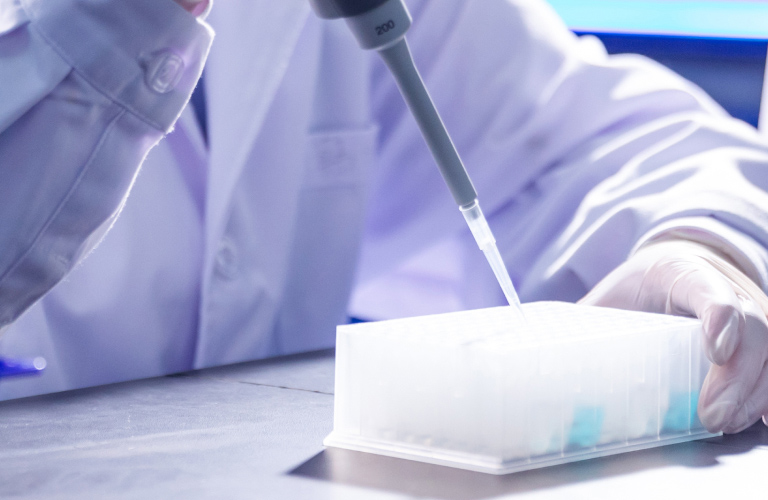In the dynamic landscape of medical diagnostics, the evolution of PCR devices has been remarkable. Among the array of innovations, Tianlong's RBT320 Agglutination Automated Detection System stands out, particularly in the realm of Brucellosis detection. This article delves into the intricacies of the RBT320 system Agglutination Automated Detection System, exploring its functionalities and the impact it brings to the diagnostic process.
Automated Workflow for Enhanced Efficiency
At the core of Tianlong's RBT320 Agglutination Automated Detection System is its ability to automate the entire laboratory workflow. The system excels at handling various tasks seamlessly, from sample loading to result interpretation. This automation not only reduces the manual workload for laboratory professionals but also minimizes the risk of human error, ensuring a more accurate and reliable diagnostic process.
Seamless Integration of RBT Method
The RBT320 Agglutination Automated Detection System is specifically designed for the detection of Brucellosis, employing the Rose Bengal Test (RBT) method. This method, known for its efficiency in Brucellosis detection, is seamlessly integrated into the automated system. The RBT320 Agglutination Automated Detection System ensures precise execution of the RBT method, offering healthcare professionals a dependable tool for diagnosing Brucellosis with confidence.
Enhancing Sample Handling
One of the standout features of the RBT320 Agglutination Automated Detection System is its capability to handle samples with utmost precision. The automated sample loading and mixing functions not only expedite the diagnostic process but also ensure uniformity in sample preparation. This level of precision is crucial in maintaining the integrity of results, contributing to the overall reliability of the diagnostic process.
AI Image Recognition: A Technological Leap
In the age of advancing technology, the RBT320 Agglutination Automated Detection System incorporates AI image recognition as a pivotal component of its functionality. This feature elevates the system's capabilities, enabling it to analyze test results with speed and accuracy. The integration of AI not only expedites the diagnostic process but also enhances the system's ability to identify and interpret subtle patterns that may escape the human eye.
Photographing for Documentation
The addition of a photography feature in the RBT320 Agglutination Automated Detection System adds another layer of functionality. This feature allows for the documentation of each step of the diagnostic process, creating a comprehensive record for future reference. The ability to capture high-quality images further assists in result verification and analysis.
User-Friendly Interface for Seamless Operation
Navigating through the RBT320 Agglutination Automated Detection System is a user-friendly experience. The interface is designed with simplicity in mind, ensuring that healthcare professionals can operate the system with ease. This accessibility factor is particularly crucial in high-paced laboratory environments, where efficiency and accuracy are paramount.
Conclusion
Tianlong's RBT320 Agglutination Automated Detection System emerges as a significant player in the PCR device landscape, specifically tailored for Brucellosis detection. With its seamless automation, integration of the RBT method, precision in sample handling, AI image recognition, and user-friendly interface, the RBT320 Agglutination Automated Detection System stands as a testament to the continual evolution of diagnostic technologies. In the pursuit of efficient and accurate Brucellosis detection, the RBT320 Agglutination Automated Detection System serves as a reliable ally for healthcare professionals, streamlining processes and contributing to improved patient outcomes.

